The time has come: We’re leaving our European home. Matt has lived in Vienna for almost two years, and for me, it’s been about a year and half. It’s been an exciting, frustrating, and ultimately empowering experience for both of us. Vienna is a city of secret doors, and we consider ourselves very fortunate that a few cracked open for us.
It’s impossible to capture the complexity of our expat life in a single blog post, but I can distill what we’ll miss most into a list of ten:
1. Historical Preservation
Vienna is a city that has evolved in layers — like an elaborate slice of cake — and there’s a rich appreciation for each and every one. Beyond a staunch commitment to preserving the city’s historical built environment, the Viennese are also fiercely protective of their cultural idiosyncrasies. Everything here is “a thing,” from the way coffee is served in UNESCO-protected cafes, to government regulation of donut recipes, to making horses pull carriages along busy streets in peak summer heat.
Fiakers outside of the Hofburg Imperial Palace, which was built on top of the ruins of a Roman brothel.
Vienna is a special city — just ask the Viennese. Over time, you can’t help but adopt a little of that attitude yourself, and you’ll even come to enjoy paying 17 euro for a slab of fried veal because it’s an “authentic Wiener schnitzel.” Yes, the emphasis on the past often means the city is irrationally slow to modernize. But once the Viennese do decide to embrace something new, that thing becomes a point of deep and lasting local pride.
In the 1970s, locals HATED Hundertwasser’s architectural style. Now, his buildings are well-marked tourist spots, and the Hundertwasserhaus is a thriving artist colony.
2. Seasonal Rhythms
In Vienna, “the season” dictates everything: food, drink, entertainment, and daily behaviors. You cannot sit in your non-air conditioned apartment at 2 p.m. in mid June or you will die. Instead, you must go out to a heuriger (wine tavern, usually on a hillside next to a vineyard) or to a Schanigärten (sidewalk cafe). But come October, you obviously cannot sit outside. You must go indoors and drink sturm, the fresh-pressed wine that only keeps for a few days after you’ve cracked the bottle. And in December, you must go back outside to drink punsch and eat waffles at one of more than forty Christmas markets.
Seasonal gingerbreads are scrawled with personalized messages.
Vienna’s seasonality isn’t as superficial as I’ve made it sound. There’s a distinct rhythm to life here that’s deeper and more fundamental than it is in the States. Wisconsin has four distinct seasons, too, but Vienna forced me to appreciate and savor them more. Let me put this another way: if I can get a strawberry any time of year, I stop thinking that a strawberry is special. But if I can only get a strawberry in May, suddenly I’m willing to wait 20 minutes in line at a city festival in order to get a glass of Styrian-grown strawberries floating in prosecco. And I’ll be darned if those aren’t the best strawberries I’ve ever eaten. (Okay, fine, it might just be the prosecco.)
The Brunnenmarkt is my guide to what’s in season.
3. Work/Life Balance Tips Toward … Life
Austria has 28 official national/religious holidays, compared to America’s measly seven. Yes, you read that right: twenty. eight. holidays. And people take them seriously. Grocery and retail stores, banks, and many restaurants are closed; you do not “catch up on your shopping” on a holiday (or a Sunday, for that matter) or rush out to pick up last-minute meal items. So what do you do? Go to a heuriger. Or to a public park. Or to your Oma’s house in the Salzkammergut. Some people still go to church, but most don’t.
Schanigärten (outdoor cafes) on Yppenplatz, our favorite plaza.
In addition to the state holidays, most Austrians also get about three weeks of vacation time a year. An even on a normal weekday, most businesses close by 6 p.m. In short, a lot of “home time” is built into the structure of Viennese society.
Before you get too jealous, here’s the caveat: public policies can have unintended consequences. For example, pregnant women in Austria are technically allowed to take up to two years off of work (most take a year), but the generous maternity policy also means employers are notably less likely to hire women they think are “at risk” of having a baby — and you are expected to include your age and a recent photograph on job applications. I’ve met men who go to extraordinary lengths to avoid hiring women in Vienna, and I’ve met women who have struggled to advance their careers because of it.
The heuriger crowd on Corpus Christi Day.
Ultimately, though, Austrians spend way more time with their friends and family than Americans do, and no one here wears “being busy” as a badge of honor. There’s a robust emphasis on relationships over productivity, and frankly, I don’t think I’ll ever fully go back to the American way now that I’ve seen the alternative.
4. “Live and Let Live”
Viennese society is stratified along class lines and categorized along ethnic ones, often rigidly so. Here, we are Ausländen (outsiders), and we’re often treated much better when we just pretend to be tourists rather than fess up to being non-German-speaking residents. But Vienna is also one of the world’s oldest crossroads between East and West, and very different cultures have successfully interwoven here for centuries. There’s a joke that the Turks tried twice to invade Vienna with weapons and failed, but they succeeded on the third try — with kebab.
Tolerance posters on Vienna’s metros.
In general, Vienna adheres to a policy of civil tolerance, a “live and let live” mentality that allows topless sunbathers on the Altedonau to coexist with women who shop at the Brunnenmarkt in niqabs. Sure, folks will grumble about whatever you’re wearing, because the Viennese are nothing if not grumblers. But they will not hurt you, and for the most part, they’ll simply leave you be.
Nazars are eye-shaped amulets from Eastern Europe that protect against the evil eye. You can find blue-eye symbols hidden all over Vienna. (This one’s at the Donaucanal.)
Here’s a story that sums this up: Once, Matt dropped a five-dollar note at an ATM. Though several people were in line behind him, no one told him and he walked a block away before noticing he’d misplaced the bill. When he came back, it was still there, on the ground. No one pointed it out to him, but no one took it, either. Live and let live!
5. Alpine Secrets
There’s no other way to say it: the Viennese are vain. They like razored haircuts, clean leather shoes, and drinking out of real wine glasses at public festivals. The Viennese do not like Krampus or accents from Voralberg, and trachten (traditional Alpine clothing) are mainly reserved for waiters in quaint tourist restaurants. But despite this, rural Austria has shaped Viennese culture to a significant degree, and almost everyone keeps a few rural specialities in the kitchen, such as burgkase, pumpkinseed oil, or wild-boar bacon.
Alpine die Schab (“men of straw”) at the Blumengärten Hirschstetten.
In December, the countryside influence is extremely obvious, as Vienna’s winter traditions are almost entirely agrarian. Advent wreaths are made from real pine boughs, orange slices, and cinnamon sticks. Straw ornaments are ubiquitous, and rural crafts dominate Christmas market stalls. And though you can barely find any Krampus-related kitsch in Vienna (and the folklore museum doesn’t acknowledge him AT ALL), everyone I asked was familiar with him, if not a “victim” of him during their childhood. Austrian folklore is discrete in Vienna, but it is definitely present.
Merry Christmas from Krampus!
6. Creative Lifestyles
There’s no question that Vienna over-reifies its Jungendstil, and Klimt’s “The Kiss” is commercialized to a ridiculous degree. But there’s a genuine appreciation for — and support of — art and artists in Vienna that’s unlike most other cities. Working in a creative industry is something to be proud of, whether it’s art, fashion, design, music, or photography. (Unfortunately, writers have a tougher go, with a surprisingly limited magazine and publishing industry here.)
A temporary exhibit at the Volk Museum, one of countless gallery spaces in the city.
Young artists can live comfortably on modest salaries in Vienna, and public grants and special visas are also available. Quirky absurdism is welcome, and there’s plenty of room for contemporary work in the shadows of Vienna’s historical heavyweights — if, of course, you can manage to wade your way through the bureaucracy of setting up a shop or gallery. There’s also a strong community of young(ish) creatives and entrepreneurs who support each other.
The cafe where my Women of Vienna Bloggers Club met each month.
7. Sustainable Values
Yes, it’s super annoying to sort one’s garbage into SIX different bins, and yes, Austrians uphold a militancy against air conditioning that is wildly out of proportion to the environmental impact of tolerable indoor temperatures. But Vienna’s public transportation system is second to none, and there’s an enthusiasm for recycling and green technology that puts America to major shame.
The prettiest trash incinerator in the world. Also, Matt’s office window is to the right.
Sustainability is mostly a matter of societal structure, but in Vienna, it’s also an individual value. Both young and old are fanatical about their windowsill planters and courtyard gardens, and you are truly doomed if someone catches you putting a brown bottle in your neighborhood’s clear-glass receptacle. Consumer items are generally more expensive here than in the States because you’re not expected to buy new stuff as frequently (this is especially the case with clothes and shoes). And your bills are beyond exorbitant if you make the mistake of running water for the whole duration of your showers.
Who needs a yard?
It’s this combination of big-picture systems and individual behaviors that I think makes environmental initiatives so successful in Austria. Heck, you can actually swim in the Danube, which is one of the most heavily trafficked waterways in the world. Now, if the Viennese could just kick their smoking habit, the city air would be as clean as the water!
I have spent many hours of my life riding the tram rails.
8. Quality over Quantity
Guess what? Preservative-free bread turns rock hard after two days. Who knew! Seriously, though, Austrians don’t only downplay throwaway materialism; they also emphasize quality consumption of food and other goods. Chicken breasts are tiny. Butter tastes more like ghee. Thimble-sized cups of hand-pressed juice sell for 12 euro each. (I’m exaggerating, but not by much.)
Fruit smoothies at the Naschmarkt.
No, you can’t choose from 15 different brands of potato chips at the grocery store. But you can buy seasonal, high-quality produce from nearby farms. “Organic” doesn’t have the same meaning here, because it’s not needed in the same way: Europe regulates pesticides in a way I doubt America ever will. Personal-care items are similarly controlled; boxed hair dyes can go HORRIBLY HORRIBLY WRONG, but my skin has never been clearer thanks to face washes and mineral makeups that aren’t laced with unpronounceable ingredients.
A hearty snack board at Wieninger am Nußberg.
Now, if you’re gluten-free or vegan, Vienna is not your city, and Austria is not your country. These folks chow down an extraordinary volume of salted meats, beer, wine, bread, and other carbs — and yet the obesity rate is nowhere close to America’s. Yes, Europeans walk more. But they don’t walk that much more. The difference is what’s in American food and what’s not in European food. No other explanation makes sense to me.
9. Sweet Teeth
No one can afford dental cleanings in Vienna (many expats go to Budapest instead), but that doesn’t stop folks from eating cake or ice cream DAILY. We live within blocks of the Manner plant, and our neighborhood smells like fresh chocolate every time it rains. We’re also regulars at our neighborhood Konditorei (cake cafe), and we’ve tried ’em all: marzipan-laced Mozart cake; marillenkrapfen, the apricot donuts only available during Carnival time; dozens of apple strudels; and many more. Sweets are a form of art in Vienna, and the best are highly revered.
The “original” Sachertorte at Hotel Sacher. It’s dry, but it’s pretty.
My first Punschkrapfen, a rum-infused sugar bomb.
10. Die Gemeinde
Above all, though, what we will miss most about Vienna is the people. Specifically, these people, and several more not pictured:
We would not have survived this adventure without the university colleagues and international nomads who helped us along the way. We are grateful to all of you.
In German, there is no formal word that translates exactly as “farewell.” There is only Auf Wiedersehen, which means “until we see (each other) again.”
Auf Wiedersehen, Wien. Until we see you again.

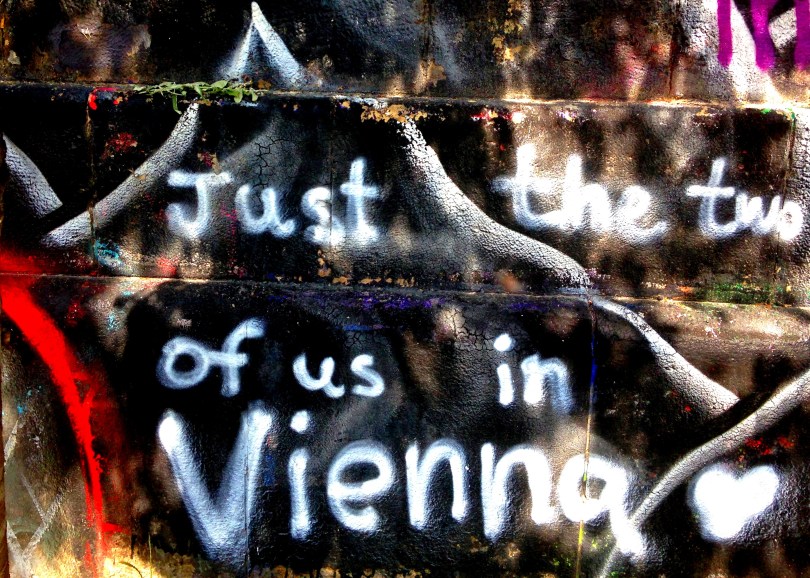
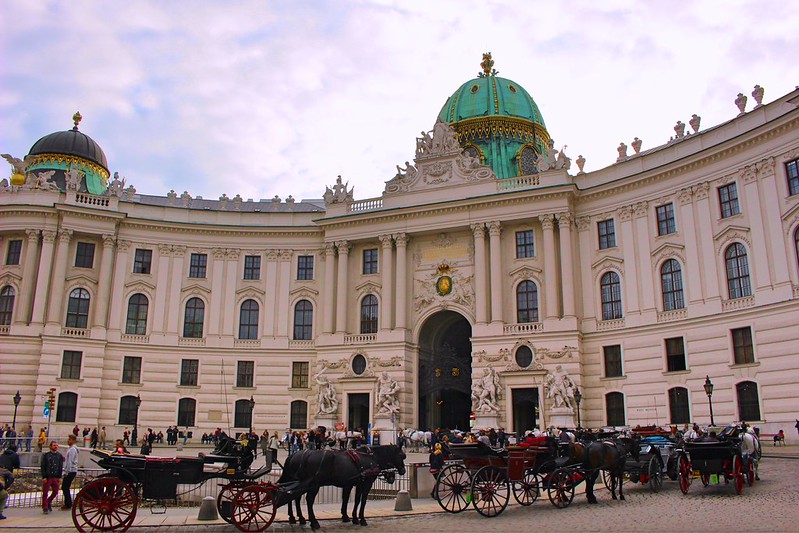
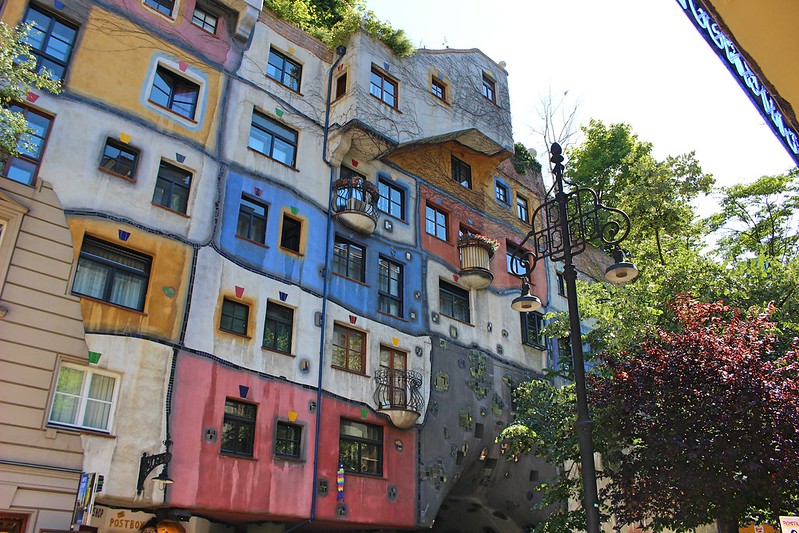
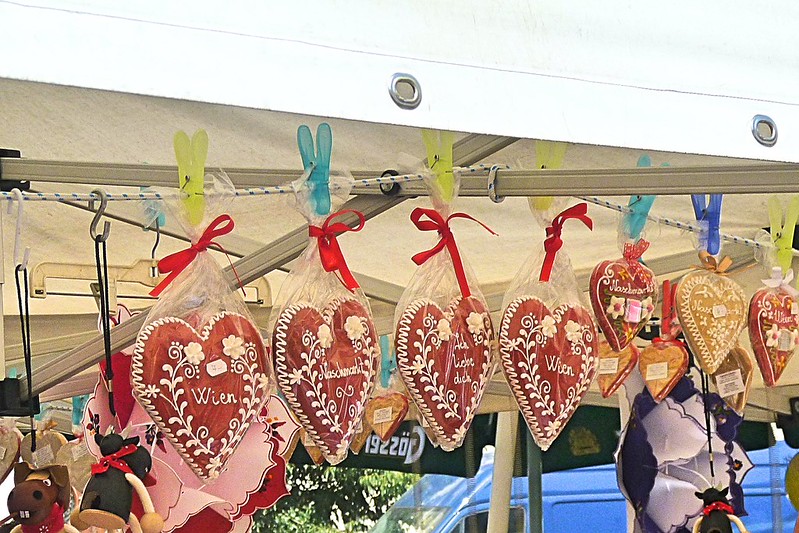
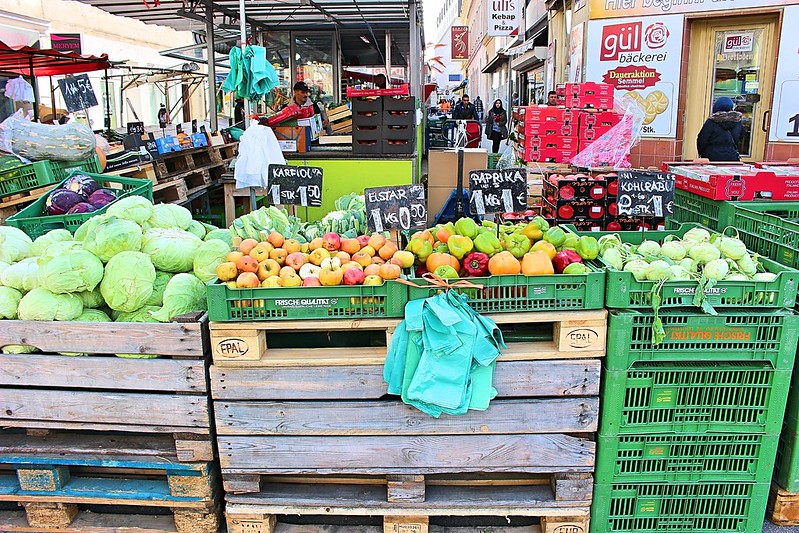
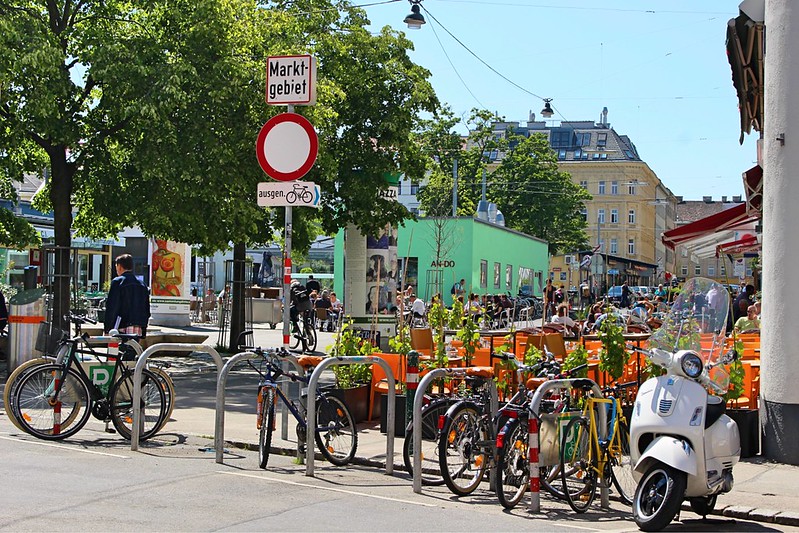


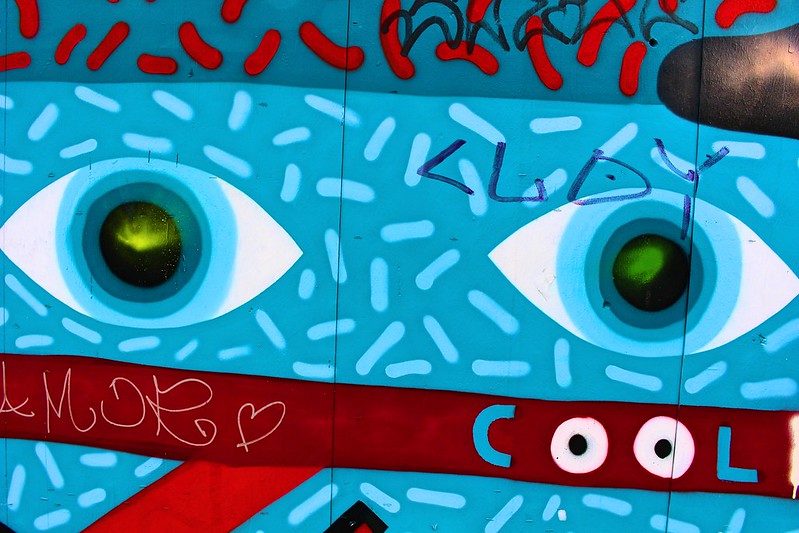
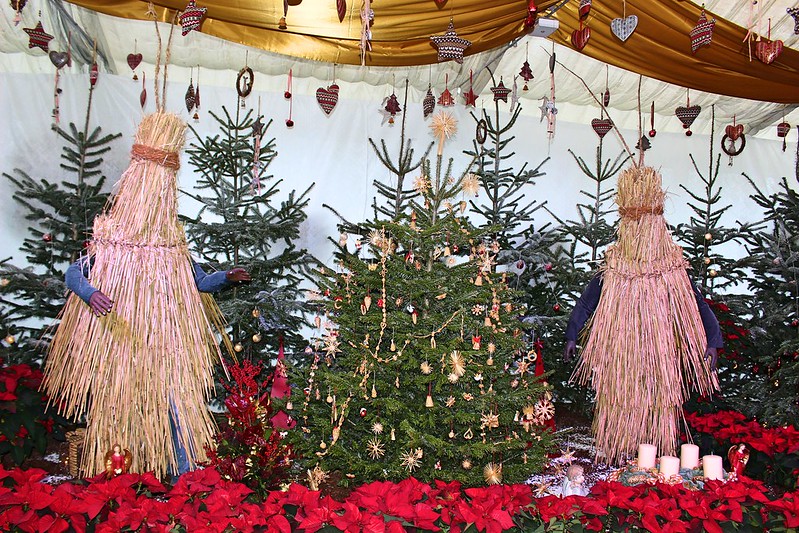
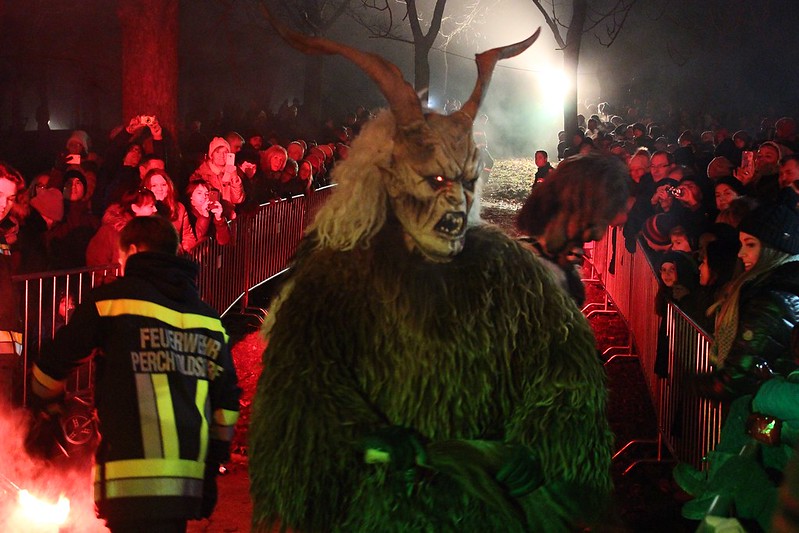
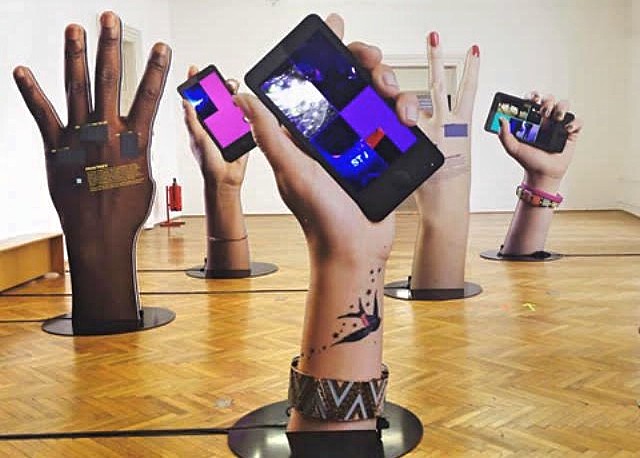
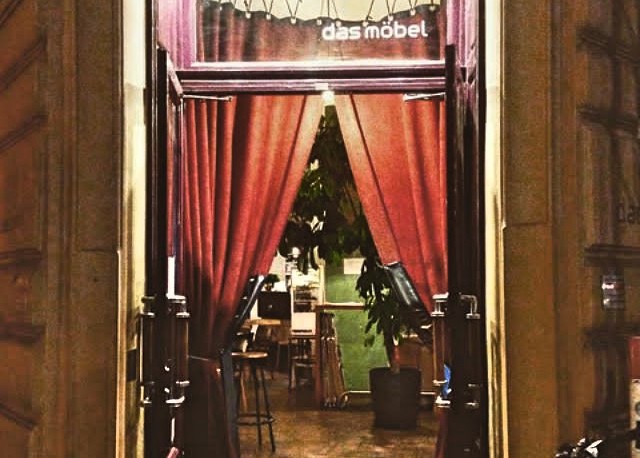


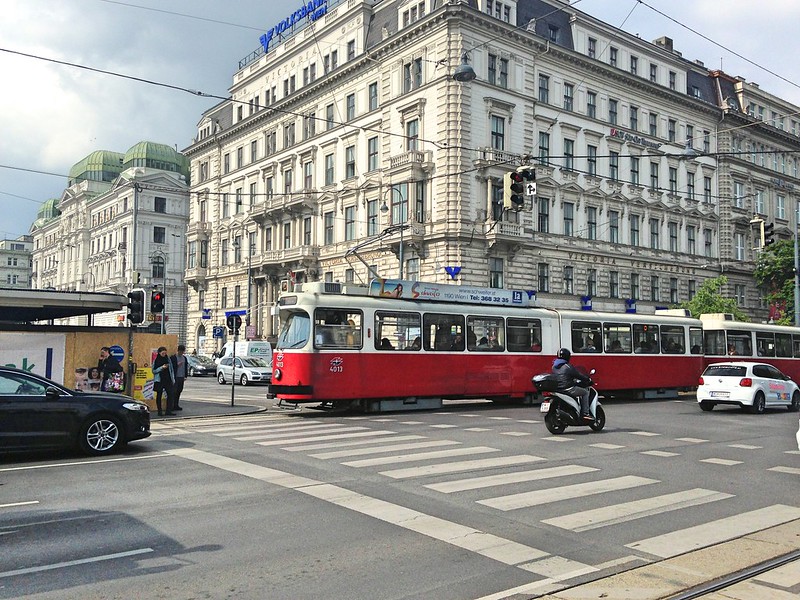
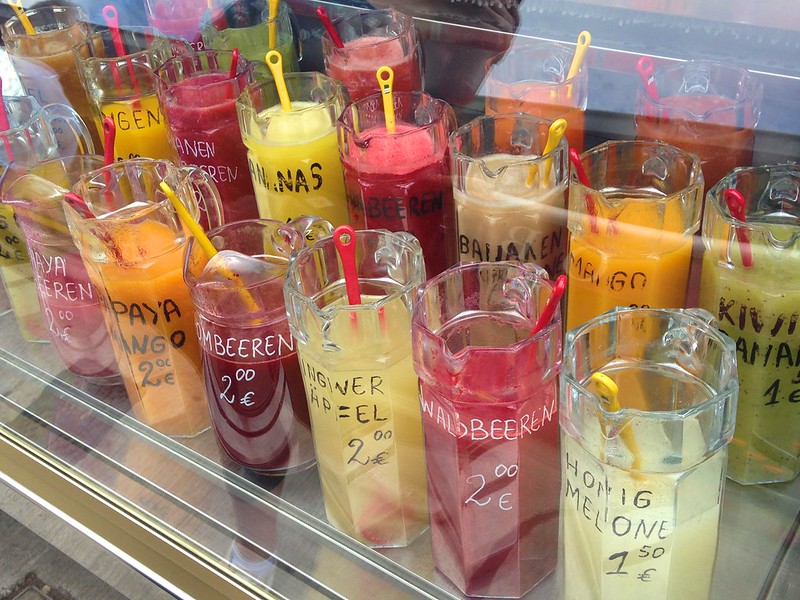
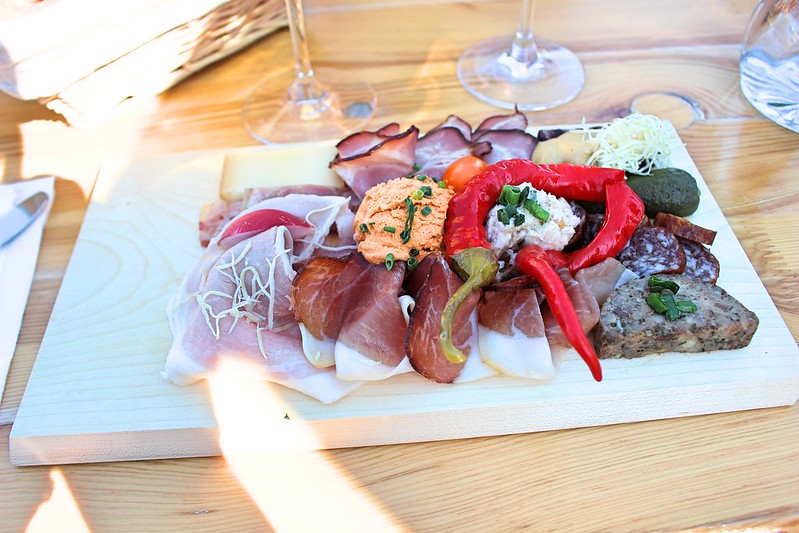
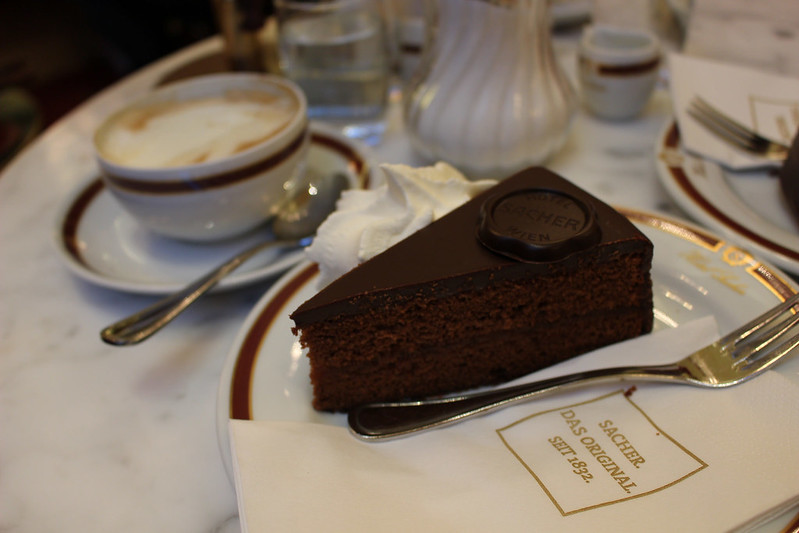
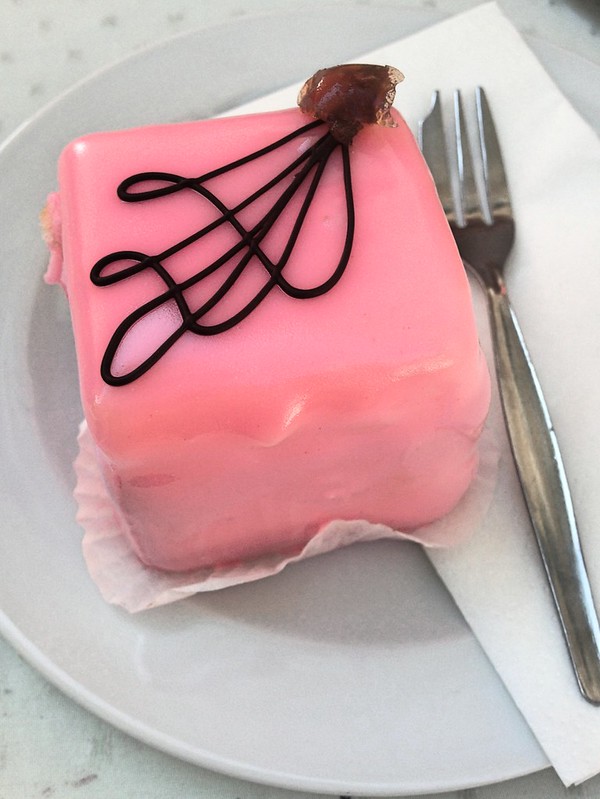
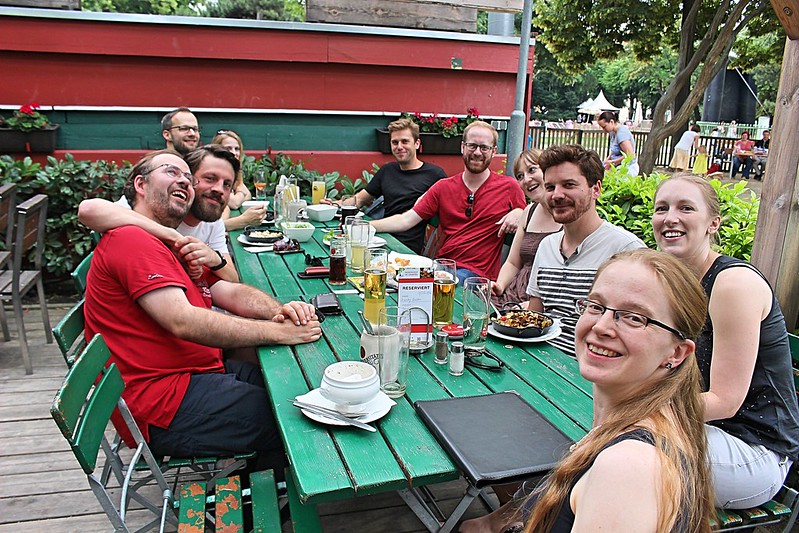
Thank you for this! I’m so happy you got the chance to go there and you had such and extraordinary time.
LikeLike
Ugh, iPhone!
*AN extraordinary time
LikeLike
Haha, I knew the second I saw your comment that a correction would be forthcoming. 😉 Thanks for reading!
LikeLike
What beautiful writing! Loved this peek into a fascinating city and its ways…
LikeLike
Thank you, Mary Ellen! I appreciate that.
LikeLike